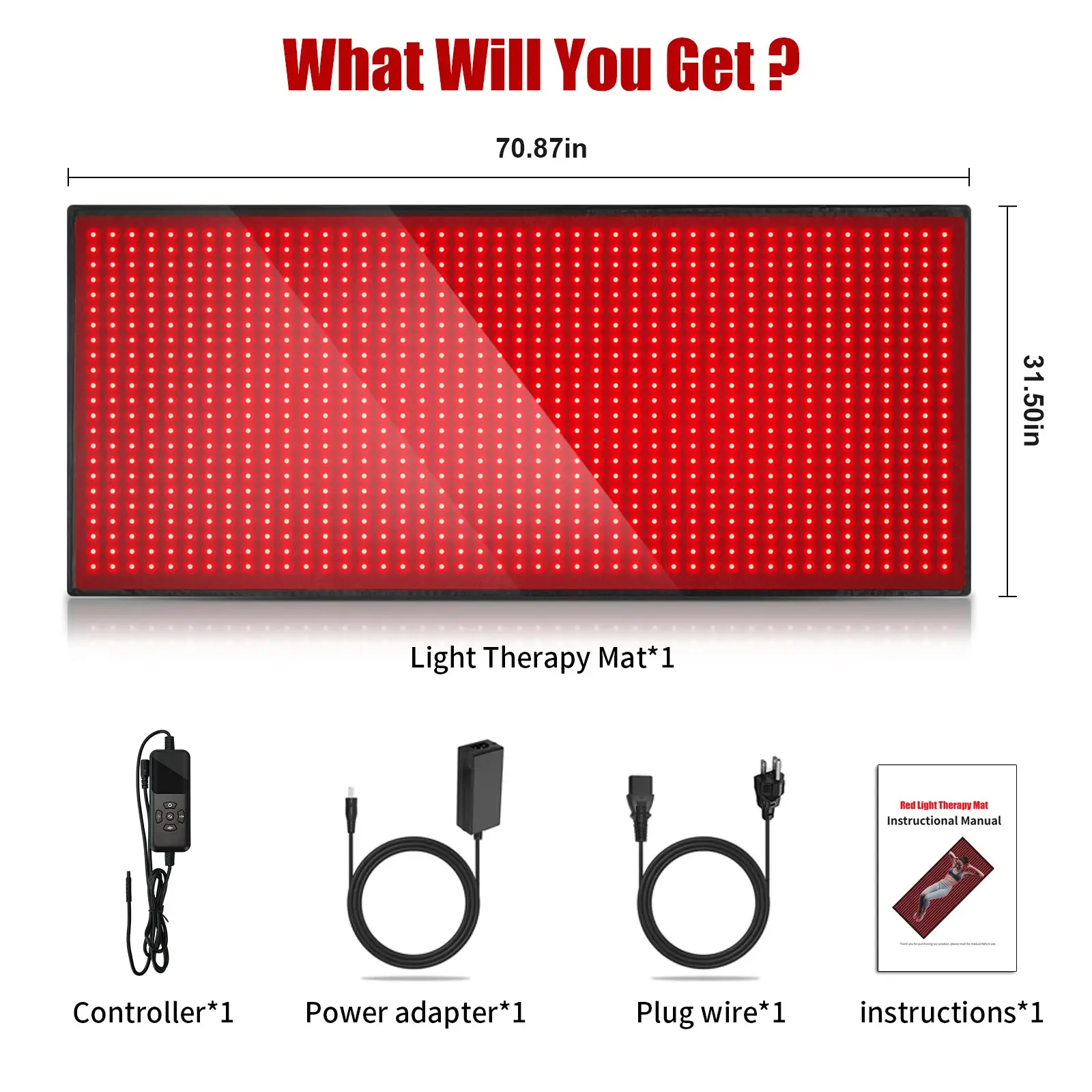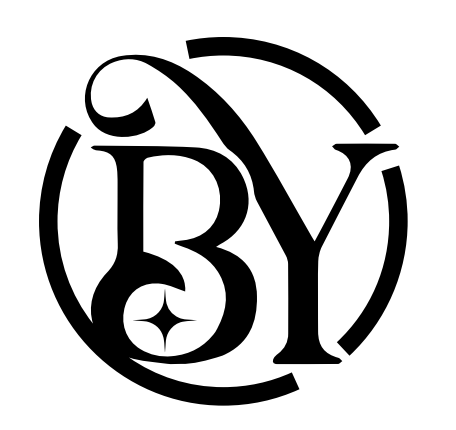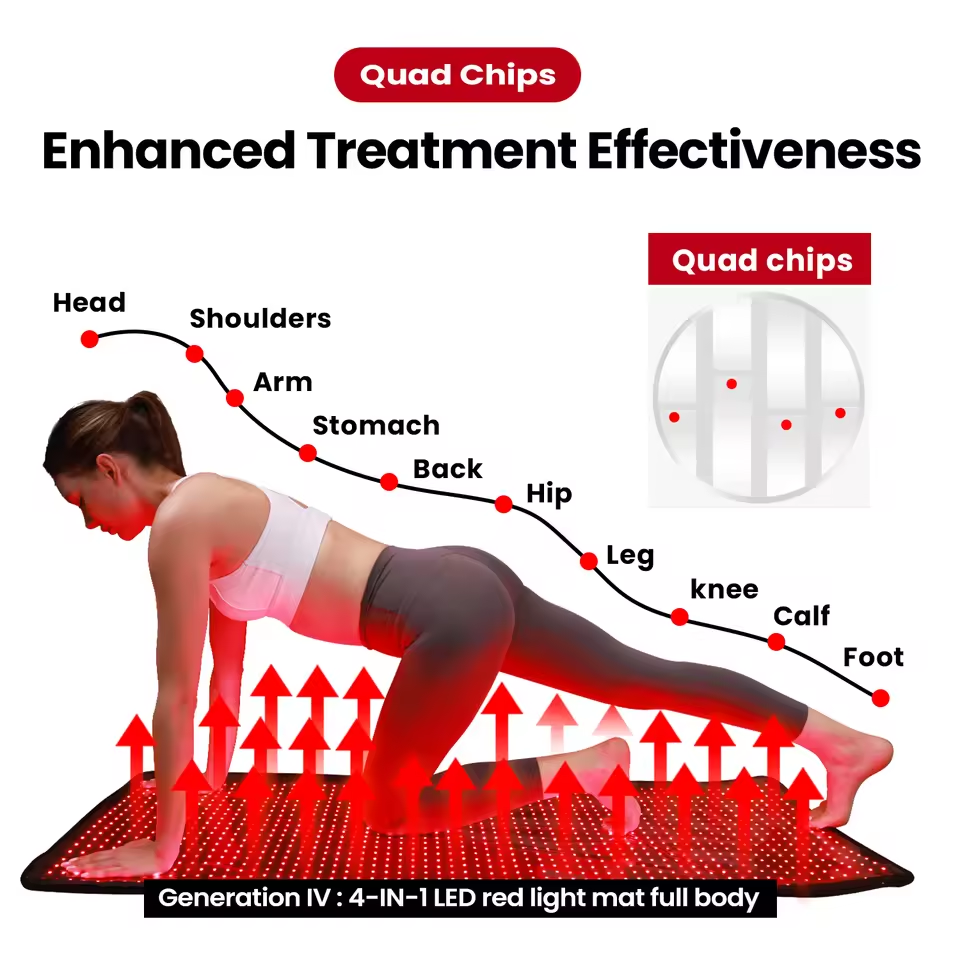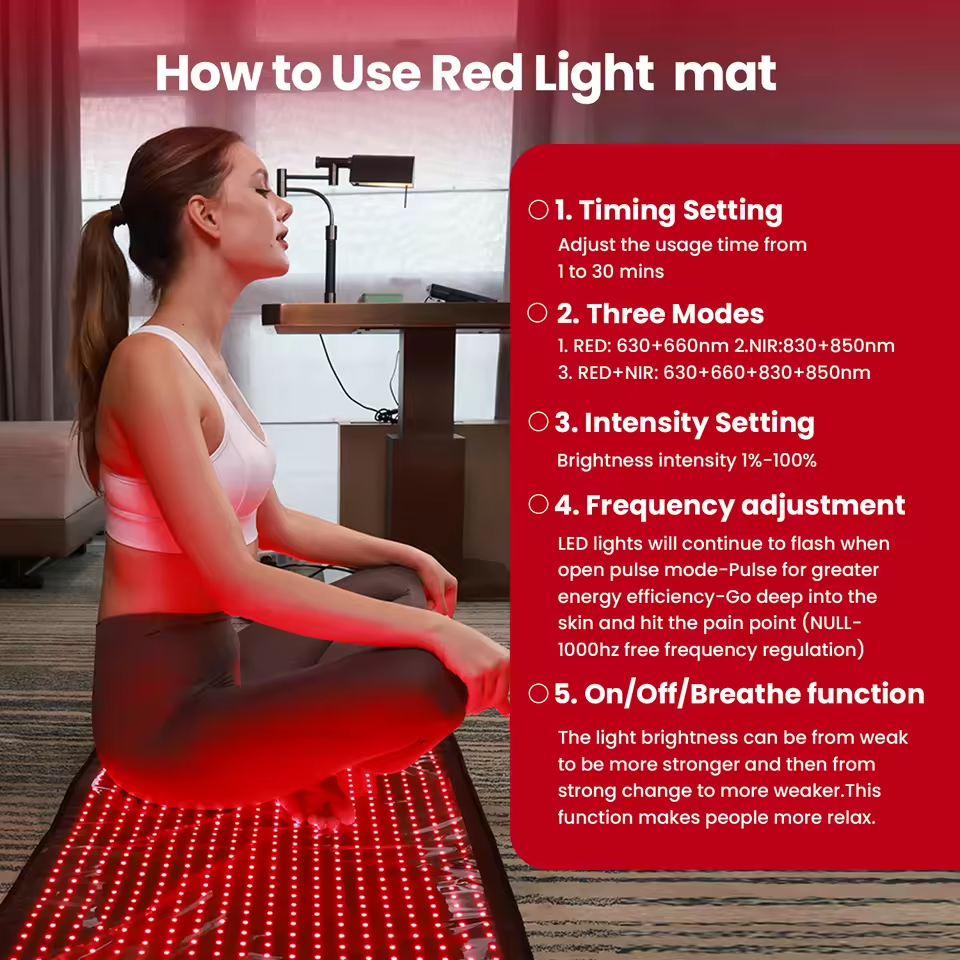The mechanism of action of red light therapy has been supported by some basic research and clinical observations. Applications for the corresponding therapy pads include:
Assisting in the relief of muscle/joint discomfort. Red light can promote local blood circulation, increasing oxygen and nutrient supply to tissues. It may also inhibit the release of inflammatory factors (such as prostaglandins). It can provide some assistance in the relief of chronic muscle strain and joint stiffness (such as back pain after prolonged sitting or discomfort caused by mild arthritis), reducing soreness and accelerating recovery. However, it cannot cure joint diseases (such as osteoarthritis and rheumatoid arthritis).
Promoting local soft tissue repair. For minor soft tissue injuries (such as minor abrasions and slow-healing superficial wounds after surgery), red light can activate fibroblast activity, promote collagen synthesis, and potentially shorten the healing period. However, it is important to note that it is only suitable for superficial, non-infected wounds. Deep wounds or infected wounds require medical treatment first and should not be used with red light therapy pads. Improving local blood circulation (not treating vascular diseases): Red light can dilate subcutaneous capillaries and improve local microcirculation. It can alleviate cold hands and feet and localized tissue hypoxia caused by poor circulation, but it cannot replace medication for vascular diseases such as hypertension and varicose veins.
Currently, there is insufficient clinical evidence to support the effectiveness of red light therapy pads in the following areas, so blind faith is advised.
Weight Loss/Fat Burning: Red light cannot directly break down fat cells. While some studies mention "assisting with improving local metabolism," this is far from achieving a "fat reduction" effect. Claims of "red light fat burning" are exaggerated.
Treatment of chronic diseases: For example, diabetes, heart disease, and chronic pain syndromes, red light therapy pads may only alleviate some associated symptoms (such as improving local circulation in diabetic foot), but are not a cure for the disease and cannot replace medication or standard medical treatment. Anti-aging
(Deep Effect): Red light therapy pads may slightly improve fine lines and dullness on the surface of the skin (by promoting collagen production). However, the red light energy density of the therapy pads is low, resulting in limited penetration depth. Their effectiveness is far inferior to that of professional medical aesthetic devices (such as medical red light therapy devices), and they cannot address deeper skin issues like wrinkles and dark spots.
Large Individual Variability: The effects of red light therapy pads vary greatly depending on factors such as skin thickness, local blood
circulation, duration of use (usually requiring 1-2 weeks of regular use for noticeable results), and the wavelength/energy density of the red light. Some people may not experience significant effects.
Not a Substitute for Medical Treatment: Red light therapy pads are supplemental healthcare devices. If you have a specific medical condition (such as acute inflammation, infection, fracture, or tumor), you should first seek medical attention. They should not be used to replace standard treatments such as medication or surgery.

People who should avoid this treatment include:
Pregnant women (especially those with abdominal irradiation, which may affect the fetus and lack safety data);
Those with acute skin infections, acute eczema, or open wounds (unhealed);
Those with photosensitivity (such as those with lupus erythematosus or porphyria);
Those wearing electronic devices such as pacemakers (it is necessary to confirm whether red light interferes with the device).
Post time: 10-03-25


